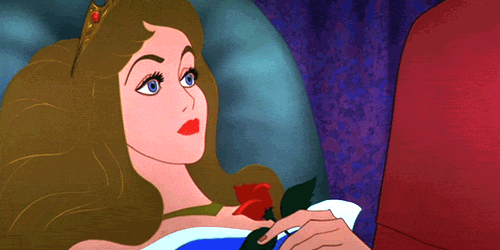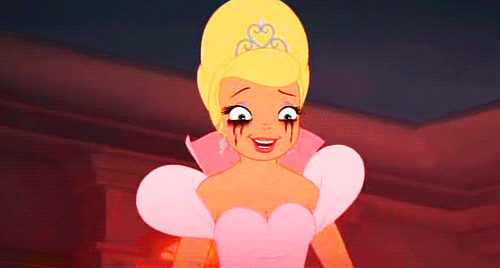As most people know, the media is integral to everyone's lives. I don't think anyone can go through their day without interacting with the media at least once- whether it be on their phones or the TV's around campus. Let's face reality; media is the skeleton of our lives.
How many times do you watch television or Netflix in a day? How many times do you check Twitter, Instagram or Facebook and get wrapped up into the black hole that is social media? Probably a million times, and we are all guilty of it. And it's totally fine to become absorbed in the media, as long as we can fully examine and analyze the messages we are receiving.
School systems today are starting to recognize the importance for media literacy, however, not enough educators and parents are incorporating it into lesson plans. The media, specifically television (Netflix *cough cough*) send various different messages that influence how we see ourselves and those around us.
Disney is a key example of the need for media literacy. Disney is founded upon the power of imagination and dreams coming true, but is that the only message they are sending? No, of course not. Many people don't realize that the Disney Princesses, while beloved, send several negative messages about girls and women in various different races. For example, most Disney princesses rely on men, their princes, to save them labeling women as defenseless damsels. Princess Aurora, in the Disney film Sleeping Beauty, is asleep for the majority of the film waiting upon her prince to save the day and wake her. The damsel theme is extremely insulting and reinforces young girls to rely on men for happiness.
Another key theme that is prevalent in Disney films is whiteness and white supremacy. A key example of this is the film The Princess and the Frog. Tiana, the main protagonist (I would say princess, however, she is not even given the title until she marries Naveen), is a struggling young African American women living in New Orleans. As I mentioned, Tiana is not deemed worthy enough to be a born 'princess' therefore Tiana's benevolent rich white friend, Lotty, is the 'princess' of the film. This example alone demonstrates just one act of whiteness throughout the film. Furthermore, the first African American princess, which fans waited years for, is a frog for 2/3 of the film. Yes, they make her an animal...just how dehumanizing is that?
Disney is just one key example of why media literacy needs to be taught early on to children and continued through high school. The media sends so many important messages to us daily that it is important that we are active participants in this communication. Our favorite shows, The Walking Dead, Orange is the New Black, The Office, New Girl, or Grey's Anatomy all have messages beyond the theme of the show. As viewers, it is important to recognize our role in the media and make the choice to learn and change. The media should not tell us what to believe, but should tell us what to think about.
Next time you are watching a show or a video on Facebook try to look for the hidden messages. Media literacy is in high demand and I personally believe it is a key factor in future education.





















